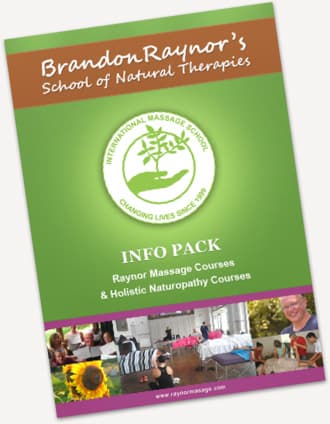Raynor Massage for Tennis Elbow and Wrist Pain
Anyone who has ever suffered from tennis elbow knows how restrictive and painful it can make even the simplest of arm and hand movements. Tennis elbow, or lateral epicondylitis, is inflammation of the tendons in the elbow as a result of damage and overuse of extensor muscles in the forearm. It may also include lateral elbow pain if the posterior interosseous nerve is obstructed. This injury is all too common among athletes who engage in tight, repetitive gripping movements such as those that play tennis, golf, baseball, cricket, field hockey and lacrosse. Tennis elbow and wrist injuries are very prevalent among tradesmen, house cleaners, mechanics, assembly line workers and people who have computer desk jobs, however, it can affect anyone who engages in repetitive use of the wrist.
Continued stress and strain on the forearm can lead to microscopic tears and degeneration of the tendons, leading to a build up of more tension and stiffness. More tension leads to a greater immobility and can be made worse by daily tasks such as turning knobs or taps, lifting and gripping. Sometimes soreness from tennis elbow is referred pain, which may have originated from prolonged tension in the shoulder or improper posture.
While nonsteroidal anti-inflammatory drugs (such as ibuprofen) or cortisone injections or topical creams may provide temporary relief, the best way to reduce discomfort of tennis elbow is to allow your forearm to rest and to refrain from movements that put additional strain on your elbow. Then apply a cold pack or ice to the area to reduce inflammation. However, to reduce or eliminate the symptoms of tennis elbow in the long term you must get rid of the build of tension caused by the stress from repetitive movements. This long term tension can be eliminated and then maintained through Raynor Massage.
Raynor Massage is an extremely effective massage technique to get rid of tennis elbow because it eliminates tension from its source. Tennis elbow is often caused by tension coming from the little finger by coming up what we call a “band of tension” into the wrist, across the forearm and elbow, and up into the back of the shoulder. By doing what we call ‘micro massage’ of the tension on the side of the little finger and the into the hand first, it will relax and provide relief in the tendons and muscles in the wrist and the rest of the arm. It’s better to get the tightness in the muscles out from its root than to rub over and aggravate areas that are already sore and inflamed
